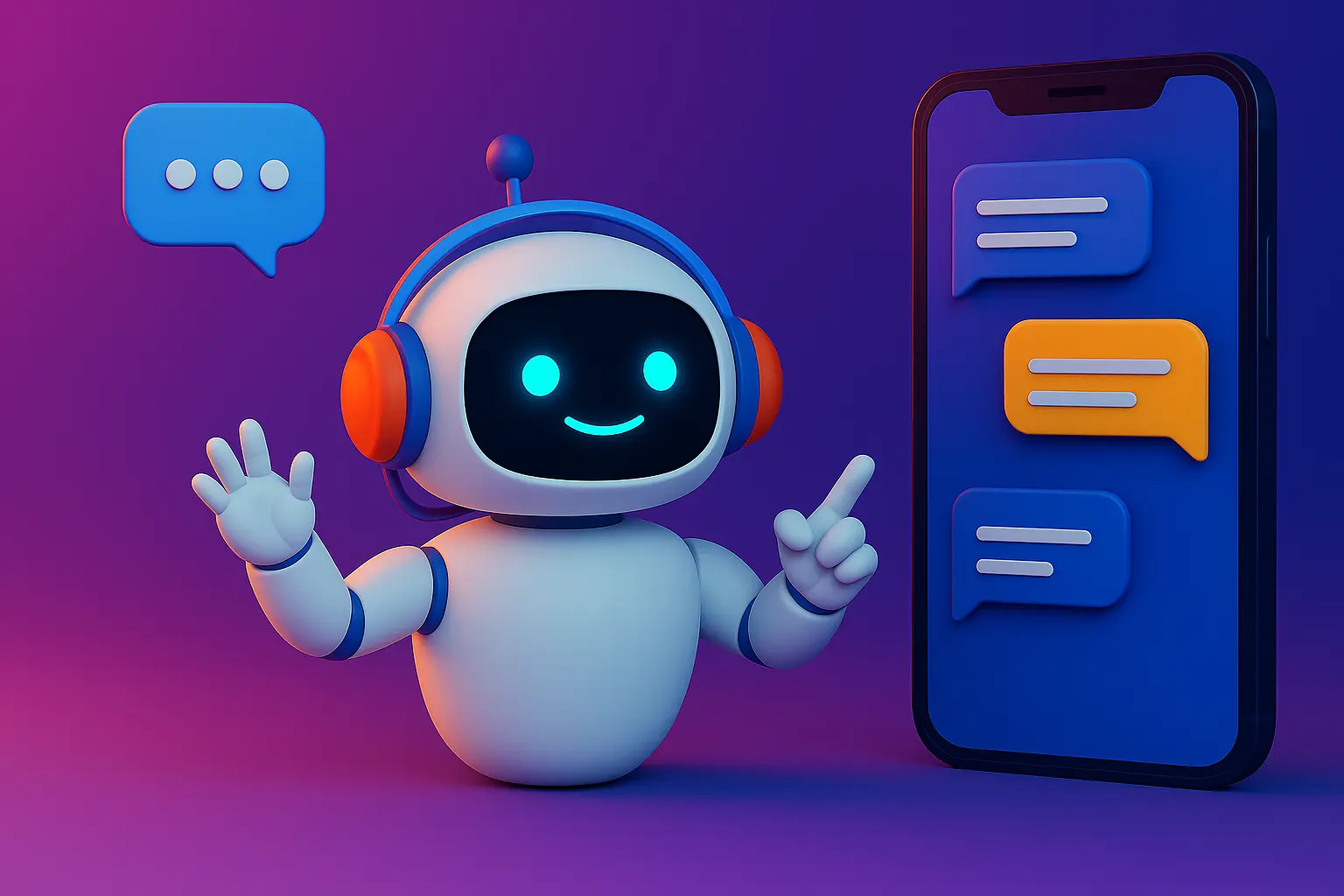550+ Best Chatbot Names & How to Name Your Bot?
- December 9, 2021
- 11 mins read
- Listen

Chatbot names are more than just a label—they’re your bot’s personality, voice, and the first impression it makes on customers.
Imagine browsing an eCommerce store when a message pops up: “Hi, I’m Bella! Need help finding the perfect item?” It feels warm, engaging, and inviting. Now compare this to: “Hello, I’m Support Bot. How can I assist you?” The latter might get the job done, but it lacks the personal touch that keeps customers coming back.
But how do you pick the perfect bot name? What would be the great idea for naming a chatbot? This guide covers deeply naming your chatbot and shares some tips, famous unique chatbot names and introduces tools like chatbot name generators to make your job easier.
Should Your Chatbot Have a Name?
The short answer—yes! Naming your chatbot makes it approachable and almost human-like, which can improve user engagement. However, the ideal name depends on your chatbot’s purpose and audience:
- Professional Chatbots: Chatbots used in industries like banking or HR benefit from names that convey reliability and expertise. A professional name helps establish trust and authority.
- Casual Chatbots: For informal or light-hearted interactions, fun, cute, or even comical names can create a friendly and engaging vibe.
- Task-Specific Chatbots: Names that hint at functionality, such as “Scheduly” for an appointment scheduler or “ShopMate” for a shopping assistant, can make the bot’s purpose immediately clear.
The name given to the chatbot influences first impressions. It shapes expectations about how helpful, professional, or entertaining a chatbot will be. For example, for a banking chatbot, “Vaulty” gives an idea about security and financial expertise, while “Buddy” suggests friendliness and approachability.
Ultimately, naming your chatbot is a matter of balance between creativity and clarity. A memorable name can make the users more comfortable and engage them, driving higher satisfaction.
550+ Chatbot Names That Customers Will Love
Finding the perfect chatbot name can set the tone for user interactions and align with your industry’s needs.
Below, we’ve compiled 550 creative and industry-specific chatbot names to inspire you, whether you’re in banking, HR, customer support, or looking for something fun and engaging. These names are designed to resonate with your audience and add personality to your bot.
Banking Chatbot Names
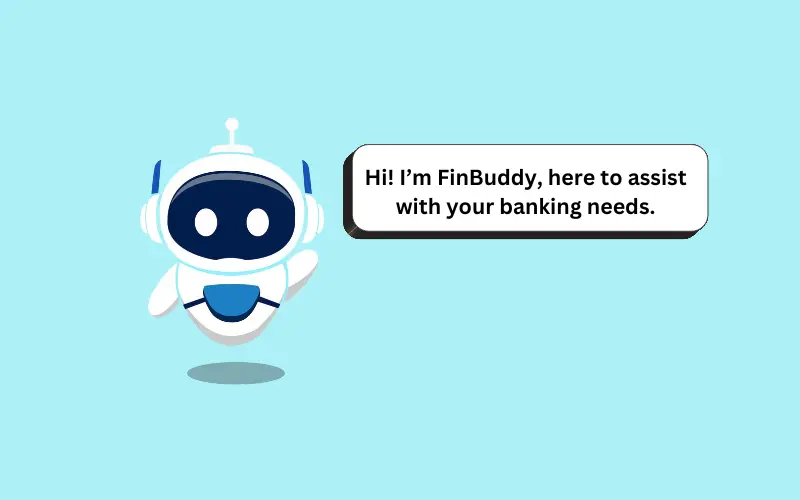
In the banking sector, chatbots are helpful for smooth customer service, including knowing the balance, issues regarding accounts, and other transaction-related issues. Naming these bots must express trust and security to give customers confidence in handling their financial issues.
| FinBot | CashMate | Vaulty | PennyWise | BudgetBuddy |
| SafeVault | ProfitPal | WealthyBot | Investly | SecurePay |
| MoneyMax | FinAdvisor | CapitalBot | Goldie | CashGuard |
| PayMate | Loanly | CoinBot | Banki | PaySmart |
| Ledger | Minty | CashFlow | WalletWise | DollarDex |
| CreditBuddy | TrustFund | CryptoBot | CoinSaver | BankAI |
| BudgetPal | VaultMaster | PiggyBot | Bankaroo | WealthMate |
| MoneyBee | SmartCash | SafePay | DollarDroid | PayPalBot |
| BankerPro | MoneyMate | CoinGuard | BudgetMaster | SafeCoin |
| FinanceAI | TrustBot | WealthWizard | CurrencyAI | PayBot |
HR Chatbot Names
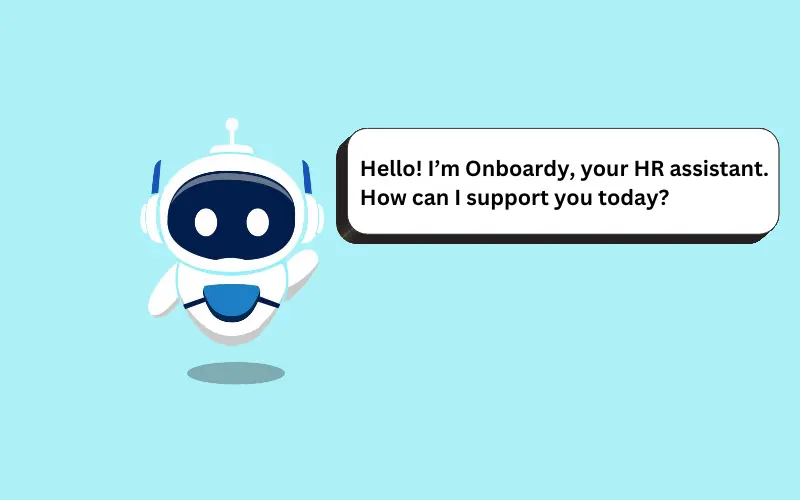
To HR departments, it means that the HR chatbots will help with employee inquiries, benefits management, and policy clarification. The name of these bots should sound professional yet friendly, so employees feel supported on their journey inside the company.
| Hirely | TalentBot | Recruitify | HR Ally | Onboardy |
| TeamMate | CareerBuddy | JobSeeker AI | HR Hive | EmployeeAid |
| WorkMate | Payroll Pal | HR Navigator | OfficeZen | BenefitBot |
| PeoplePulse | CareerPath AI | Workforce Wiz | TalentTrace | HR Genius |
| StaffSense | TalentFlow | WorkWay | HR Connect | People Partner |
| SkillBot | TalentSync | HR Beacon | GrowthGuide | JobJourney |
| PeopleMind | HR Buddy | CareerCraft | TalentBridge | WorkWell |
| Employee Link | SkillSharp | HR Helper | HR Hub | PeoplePath |
| TalentBoost | Onboarder | CareerCoach | JobLine | TeamTrail |
| SkillScan | TalentTrek | PeopleRadar | HR Pro | JobGenie |
eCommerce Chatbot Name Ideas
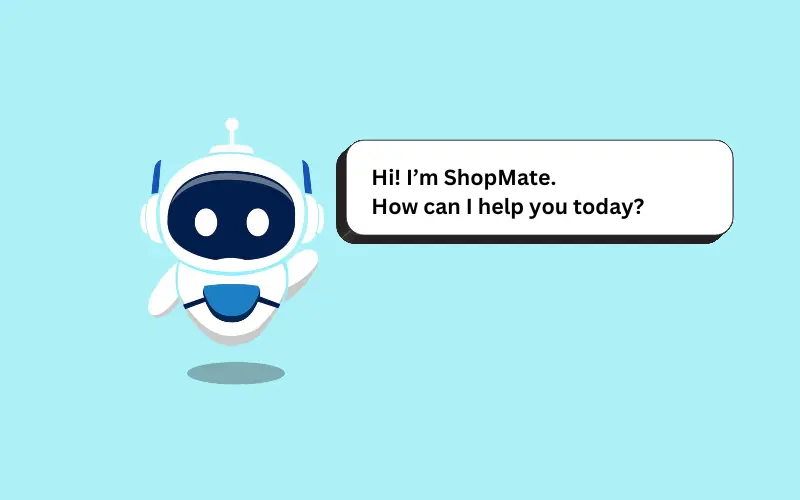
eCommerce chatbots navigate customers through a purchase, sometimes make product suggestions to customers, and answer their questions. A name that innovates, creates convenience and shows customer-centricity will go well with such bots’ objectives of enhancing shopping experiences.
| ShopBuddy | CartBot | BuyEase | RetailRobo | CheckoutChamp |
| SaleSleek | ClickPal | BotShopper | FetchAI | MallMate |
| TradeBot | DealTalk | SavvyShop | ClicknBuy | RetailWhiz |
| ShopperAid | BotBargain | SalesSync | ShopEaseBot | CheckoutHero |
Finance Chatbot Name Suggestions
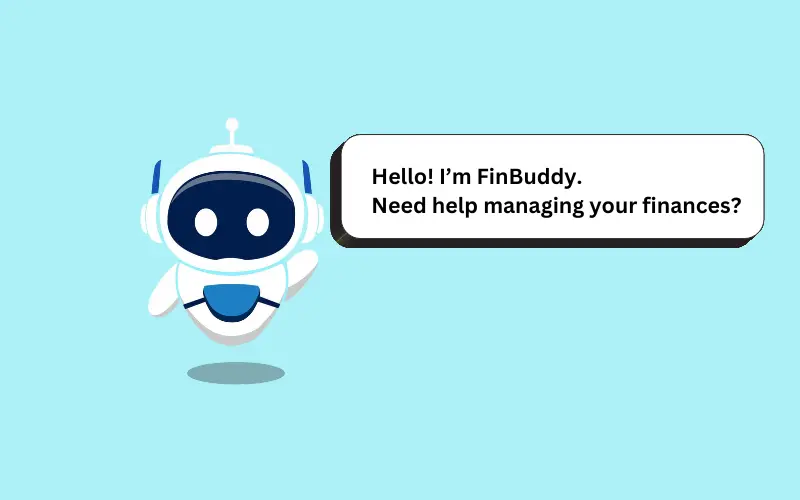
Finance chatbots help customers with budgeting advice, portfolio management, and investment-related queries. It needs to be a name that clients believe to guide them rightly and effectively about everything to do with finance.
| MoneyMate | BudgetBot | SaveWise | WealthBuddy | InvestBot |
| TaxHelper | Finly | CashBot | ProfitPal | CoinBot |
| LedgerMate | SpendBot | BankEase | WalletWise | DollarBuddy |
| FinancePro | MoneySense | LoanAid | PayWise | BudgetBuddy |
Educational Chatbot Name Ideas

Chatbots in the education sector serve as tutors, helping students with questions, guiding them through courses, and providing study materials. The name should sound friendly yet knowledgeable so that when students interact with it, they feel this is a platform where their learning needs are being catered to.
| LearnBot | StudyBuddy | TeachAI | Quizzy | KnowledgeBot |
| Tutorly | EduMate | ScholarBot | BrightMind | Classy |
| WisdomBot | LessonAid | SkillBot | MentorMate | Thinkly |
| BrainyBot | StudyWise | EduCraft | LearnSphere | TeachMe |
Healthcare Chatbot Names
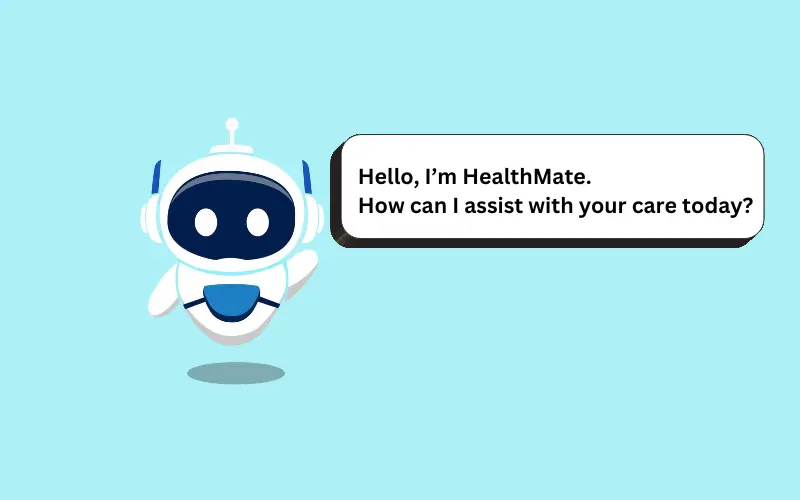
Such health chatbots assist users in setting appointments, providing medical information, and navigating basic symptoms. A name for such a bot should sound caring, yet reliable and professional, instilling a sense of care and trust in the healthcare services they represent.
| MedBuddy | HealthAid | CareBot | Doctorly | SymptomBot |
| HealWise | WellBot | HealthCompanion | NurseMate | FitAid |
| VitalBuddy | MedEase | HealthHero | BotCare | HealthChat |
| PillPal | SympBot | WellnessBot | Curely | DocBot |
Travel Chatbot Name Ideas
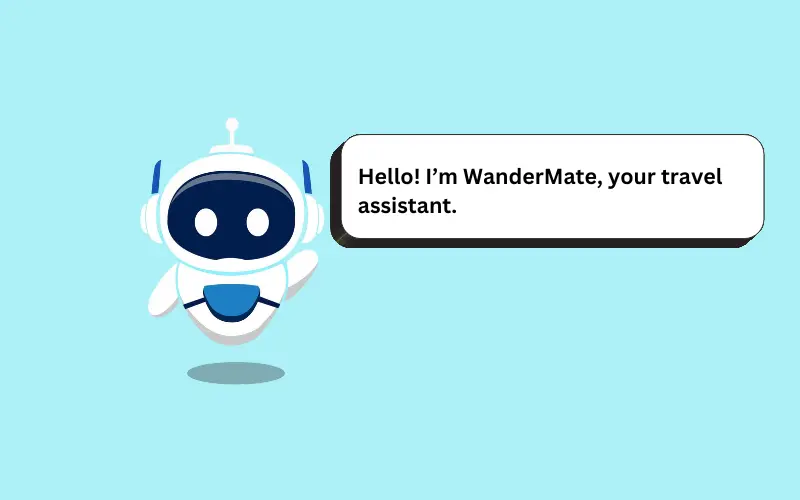
Travel chatbots help customers plan trips, book tickets, and provide recommendations on destinations. Their names should evoke excitement and adventure in the travelers, for easy guiding and enhancing their journey planning experience.
| TripMate | WanderBot | JourneyPal | RoamEase | TravelAid |
| VacayBot | ExploreBuddy | PathFinder | GlobeBot | Triply |
| NomadBot | Itinero | JetBot | LuggagePal | SkyMate |
| TravelEase | RoamBot | WayBuddy | CruiseCompanion | Wanderly |
Web Hosting Chatbot Name Ideas
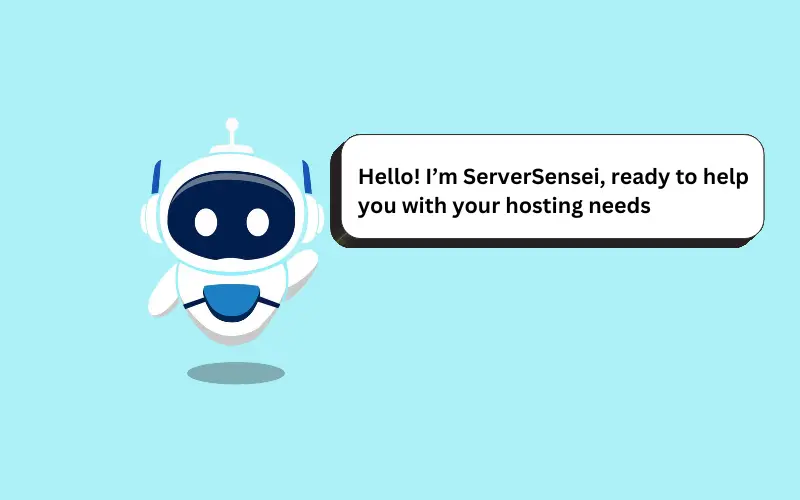
In web hosting, chatbots help customers manage servers, technical issues, and details about hosting plans. A name that should evoke confidence in handling complex digital infrastructure, offering quick solutions for businesses reliant upon a smooth, uninterrupted online presence.
| HostHelper | DomainBuddy | ServerMate | CloudWise | WebBot |
| SiteSync | PagePal | HostEase | DNSBuddy | UptimeBot |
| SpeedBot | Hostly | WebCompanion | DataBuddy | HostSphere |
| CloudAid | SiteSaver | ServerWise | HostHero | NetBuddy |
Sales Chatbot Name Suggestions

Sales chatbots generate leads, contact customers, and even recommend products. The names for these kinds of bots need to be energetic and persuasive to actually help drive conversions by effectively engaging a customer in the sales process.
| DealMaker | SalesMate | ProfitBot | PitchBuddy | CloseWise |
| RevenueBot | SellEase | MarketBot | BuyerBuddy | SalesHero |
| FunnelBot | ConversionPal | DealEase | CloseBot | QuotaBuddy |
| PitchAI | WinBot | ProspectPal | SaleSage | ProfitPilot |
Real Estate Chatbot Names
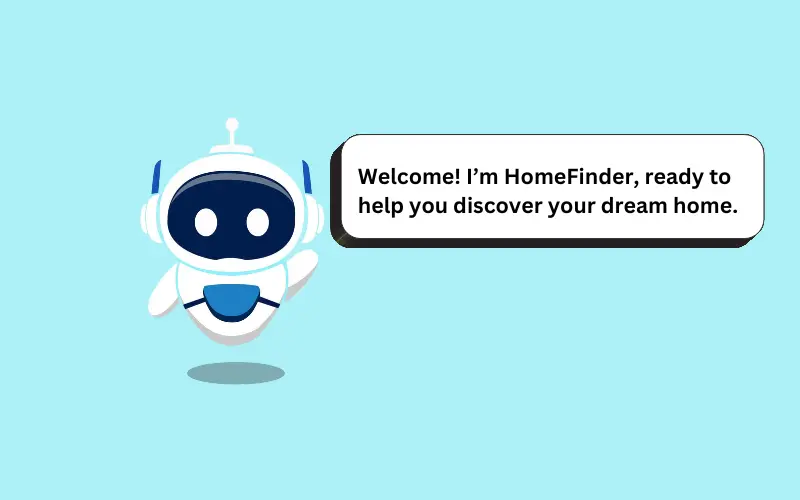
The real estate chatbots help buyers browse through properties, schedule viewings, and even answer questions on listings. Their name should sound on the lines of trust, reliability, and personalized service to the industry for easier client navigation in their home-buying or renting journey.
| HomeFinder | RealtyBot | PropertyPal | NestWise | HouseMate |
| BrokerBuddy | LandAid | KeyBot | RealEase | InvestNest |
| DealCloser | OpenHouseBot | RealtyHero | PropertySense | AgentBot |
| EstateAid | LotMate | HomeSage | RealtyWise | DreamHomeBot |
Customer Support Chatbot Names
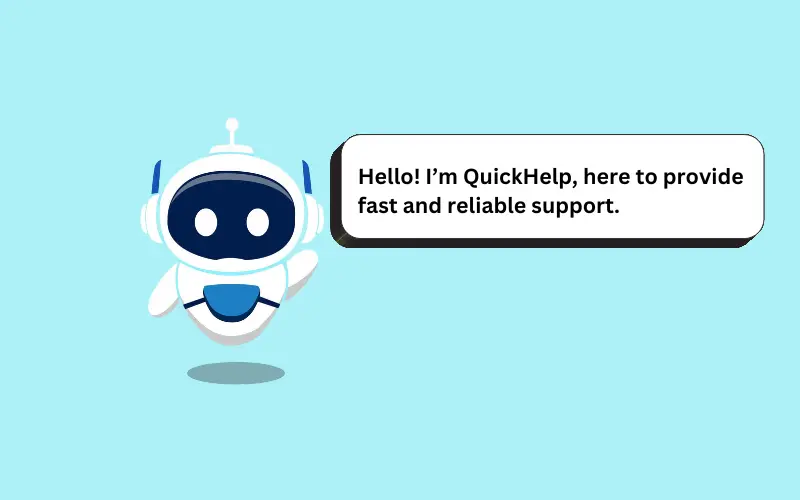
Customer support chatbots solve issues or answer questions speedily, try to troubleshoot, and provide general information about certain products or services. Naming it afterward means empathy and agility in handling them will help your customers feel cared for, hence speedy.
| HelpBot | Supporto | Assistly | ResolveAI | AidBuddy |
| QuickAssist | CareBot | ServicePal | ChatHelper | FixItBot |
| ResolvePro | Supportly | CustomerCare AI | HelpDesk Genie | Answerly |
| ClientCare | ServiceBuddy | QueryFixer | AidAssist | ResolveMate |
| HelpLink | SupportGenie | PromptHelp | CareCircle | SolveBot |
| ChatResolve | FixBot | CareCompanion | CustomerAid | ServiceAI |
| HelpPath | ProblemSolver | QueryBuddy | AssistMe | Support360 |
| Aidly | HelpHaven | IssueFixer | ResolveRight | CareConnect |
| QuickCare | AssistBot | CareChamp | SolutionBuddy | CustomerFirst AI |
| HelpWiz | ServiceLink | ClientAid | PromptResolve | CareBotics |
50 Cute Chatbot Names
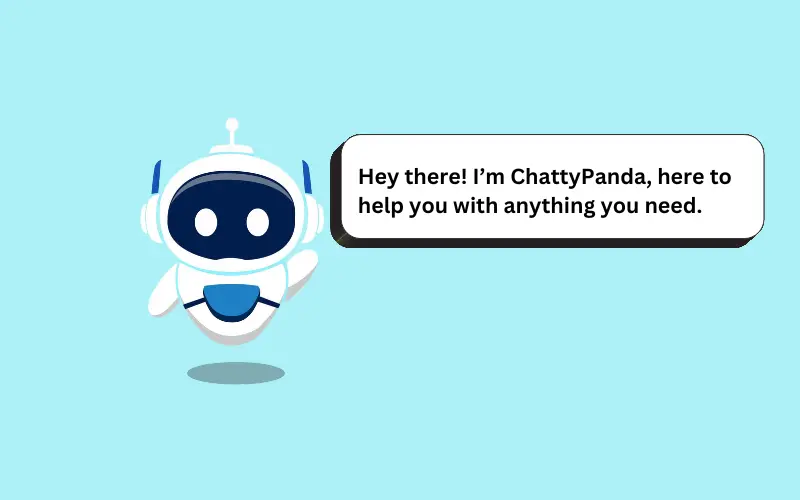
For those industries that need a lighter, more personal touch, cute names for a chatbot can really enhance the user experience by making the user feel warm and friendly. These names should be playful and approachable; this helps create an engaging atmosphere that is enjoyable.n engaging and enjoyable atmosphere.
| Poppy | Snuggles | Pixie | Bubbles | Sunny |
| Twinkles | Chirpy | CuddlyBot | Daisy | Peachy |
| Buttercup | Teddy | Luna | HoneyBot | Blossom |
| Giggly | Mochi | PandaBot | Starry | Bunny |
| Smiley | Cupcake | Fluffy | Sparkle | KittyBot |
| Jellybean | PuffBot | Marshy | Cloudy | Skippy |
| Rosy | Tinker | Snappy | Blinky | Taffy |
| Button | Cookie | PoppyBot | Choco | Lovey |
| Wiggly | Snazzy | CherryBot | Lolly | Dotty |
| Cheeky | Zippy | Nibble | Glimmer | Peppy |
50 Funny Chatbot Names
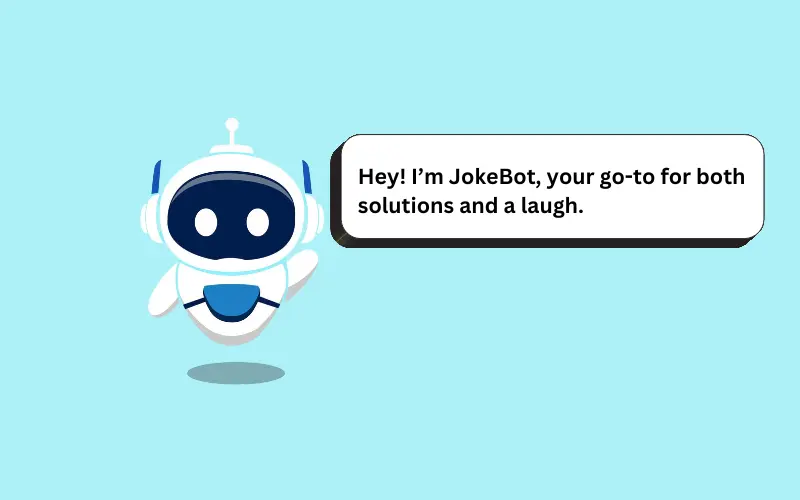
Inject some humor and personality into your chatbot with these 50 funny names! Perfect for creating lighthearted and memorable user interactions, these names are sure to leave a smile on your audience’s face while keeping the conversation engaging and entertaining.
| Chatty McChatface | Botzilla | Sir Talks-A-Lot | QuirkyBot | LaughBot |
| GigglesBot | PunBot | WittyBot | LOLBot | Jokester AI |
| SnarkyBot | BanterBot | ChatChuckle | MemeBot | Botasaurus Rex |
| GrinBot | Chuckles | SmartyBot | RoboLOL | GiggleGear |
| LaughingLarry | BellyBot | WackyBot | JesterBot | GiggleMatic |
| Botinator | Hilaribot | RoboRascal | PranksterBot | Chatterbox AI |
| FunnyBone | BotWise | WittyWheels | GrinGear | Chatastrophe |
| LOLGear | BotJester | QuipBot | PunnyBot | SmirkBot |
| Snappy AI | WitBot | RoFLBot | BotBlunder | KnockKnockBot |
| GoofyBot | Giggletron | SmartyMcSmartface | ChuckleBuddy | BotBananas |
Innovative AI Chatbot Names
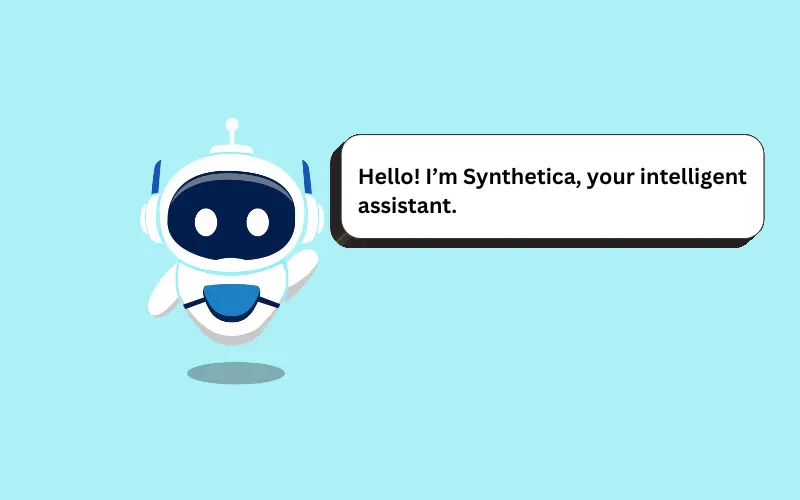
Explore futuristic and intelligent names that highlight your chatbot’s AI-driven capabilities and cutting-edge technology. These names will set your bot apart by emphasizing innovation and the transformative potential of AI.
| AlphaBot | NeuralNova | IntelliSense | QuantumBot | LogicLoop |
| CodeCraft | BrainBox AI | SynthoMind | CerebroBot | PixelPilot |
| VirtuGenius | DataWeaver | AI Nexus | CyberSphere | SparkAI |
| Automata Pro | SynthMind | NanoLogic | ProtoBot | CloudCortex |
Catchy and Memorable Chatbot Names
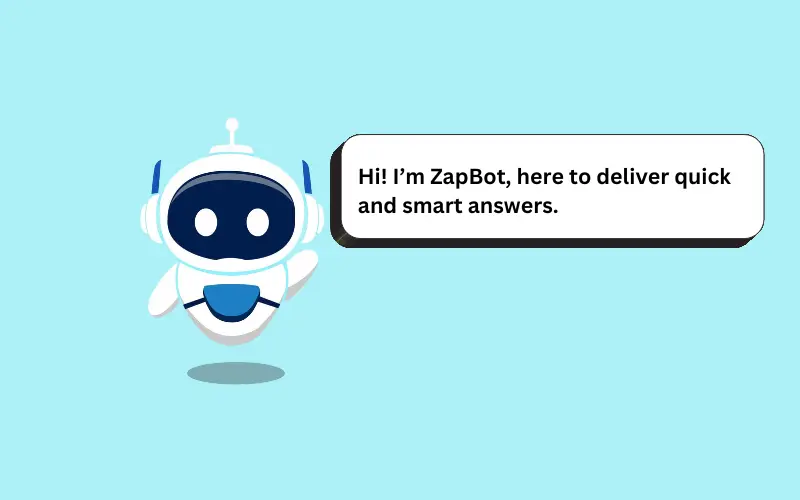
Discover names that grab attention and are easy to remember, ensuring your chatbot leaves a lasting impression. Perfect for creating an instant connection, these names stick in users’ minds for long-term engagement.
| ChatChamp | Talkie | SnapBot | PingPal | BuzzBot |
| ChatterBuddy | EchoEase | PopBot | Clickly | ConvoAce |
| BeamBot | TalkTopia | Yapster | VibeBot | QuikChat |
| HeyBot | NiftyTalk | ChatHive | JabberBot | ChatBliss |
Stylish and Cool Chatbot Names
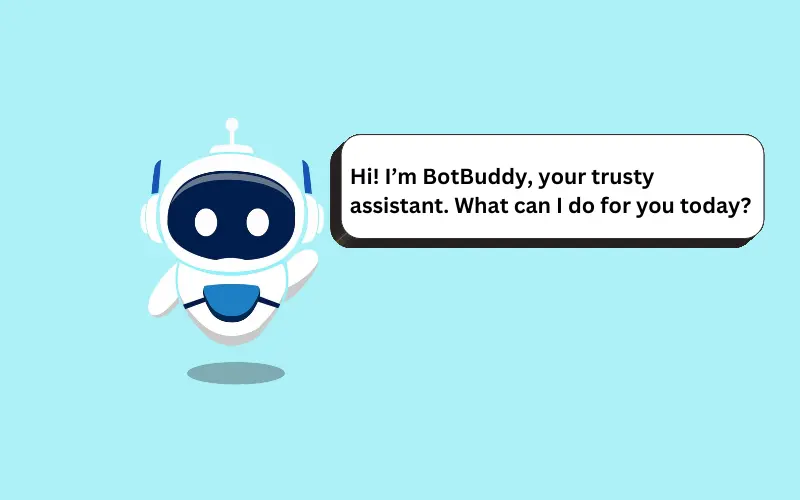
Take a look at these trendy names that resonate with tech-savvy audiences. These names give your chatbot a distinct edge, projecting a forward-thinking and innovative image.
| LuxeBot | Glitch | VibeFlow | IceBot | NovaTalk |
| ChillAI | BotEdge | GlowTalk | CoolCue | ChatSleek |
| ModBot | GrooveAI | CyberSleek | BotBeat | FrostBot |
| NeoTalk | LitBot | HypeBot | TrendAI | EdgeCue |
Reliable and Good Chatbot Names
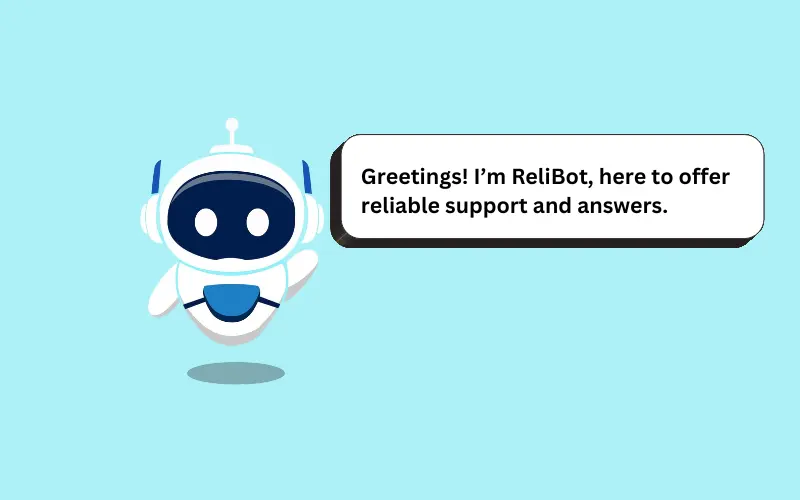
Pick dependable and straightforward names that exude trust and align with your bot’s purpose. Whether for customer support or complex automation, these names emphasize reliability and efficiency.
| Trusty | SureBot | DependAI | BotSure | FaithfulTalk |
| ReliableBuddy | ChatRight | AssistSure | SteadyBot | SolidConvo |
| TrueAid | HonestHelper | Assistly | OnPointBot | ChatTrust |
| GoodBuddy | ConsistAI | AidMate | SoundTalk | ChatPledge |
Chatbot Names for Startups
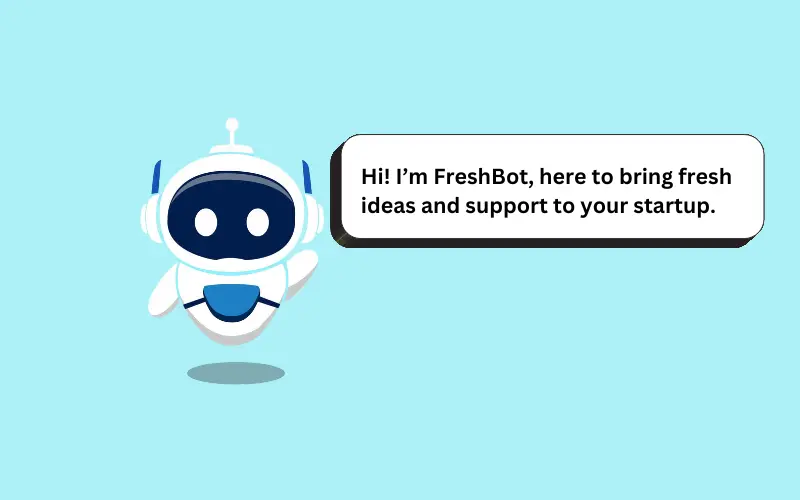
Find innovative and dynamic names tailored to the fast-paced and creative world of startups. These names reflect entrepreneurial energy, adaptability, and the spirit of innovation essential for growing brands.
| IgniteBot | VentureTalk | IdeaBuddy | StartupSage | BotFoundry |
| LeanBot | PivotBot | HustleAid | ScaleTalk | Startly |
| VisionBot | Incubeat | BotSpark | PropelBot | RiseAI |
| FoundryBot | ConvoLaunch | GrowBuddy | Kickstartly | InnovAid |
Empowering Female AI Chatbot Names
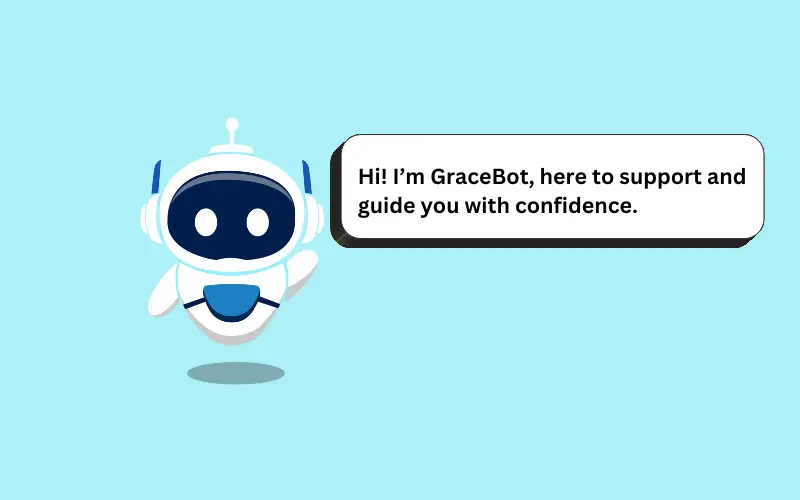
Showcase intelligence and personality with strong, graceful, and relatable names for female AI chatbots. These names are perfect for adding a touch of humanity and elegance to your bot’s identity.
| Sophia | Eva | Clara | Luna | Athena |
| Mira | Stella | Iris | Diana | Aria |
| OliviaBot | ElleAI | Grace | Violet | Aurora |
| Amelia | BellaBot | Julia | Serenity | Zara |
Virtual Assistant Chatbot Names
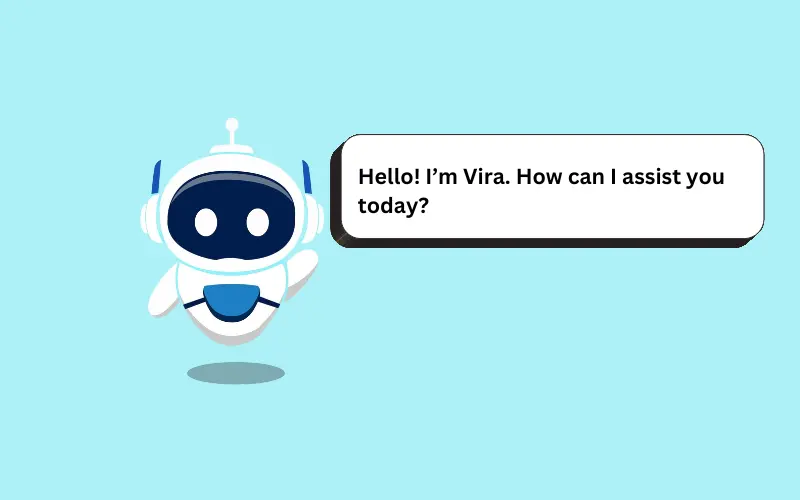
Select professional and approachable names that highlight the organizational skills and efficiency of your virtual assistant bot. These names convey competence and friendliness, making your bot a go-to resource.
| AdminAce | TaskBot | OfficeBuddy | Assistly | TaskTrooper |
| TimeManager | BotScheduler | VirtualHelper | DutyBot | OrganiAI |
| MeetMate | Workly | PlanBot | TaskTrail | ConvoCoordinator |
| ArrangeAI | BizBuddy | ScheduleStar | WorkMate | BotHelper |
Software Chatbot Name Ideas
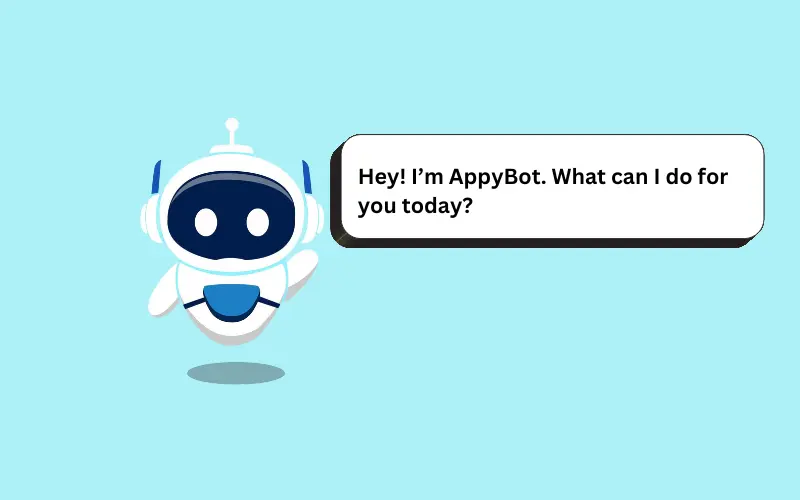
Craft names that emphasize technological expertise, seamless integration, and software proficiency. These names reflect your chatbot’s capability to streamline processes and enhance user experiences.
| CodeBot | DevTalk | Scriptly | Techie | DebugAI |
| CloudAid | BotCode | PatchBot | SoftwareBuddy | DevMate |
| PlugBot | SoftSync | TechTalker | BinaryBuddy | LogicBot |
| AppWise | TechEase | CodeBuddy | SoftBot | ProCoder |
Automotive Chatbot Names
Drive innovation with names that embody speed, precision, and reliability, tailored to the automotive industry. These names capture the essence of cutting-edge automotive technology and customer convenience.
| DriveBot | AutoMate | RoadHelper | GarageGuru | SpeedBot |
| CarCompanion | RevBot | WheelBuddy | AutoAid | TorqueTalk |
| FuelMate | DashBot | RideWise | RouteBot | EngineBuddy |
| PitStopPal | MotorMind | CarCoBot | CruiseAI | DriveEase |
How to Name Your Chatbot?
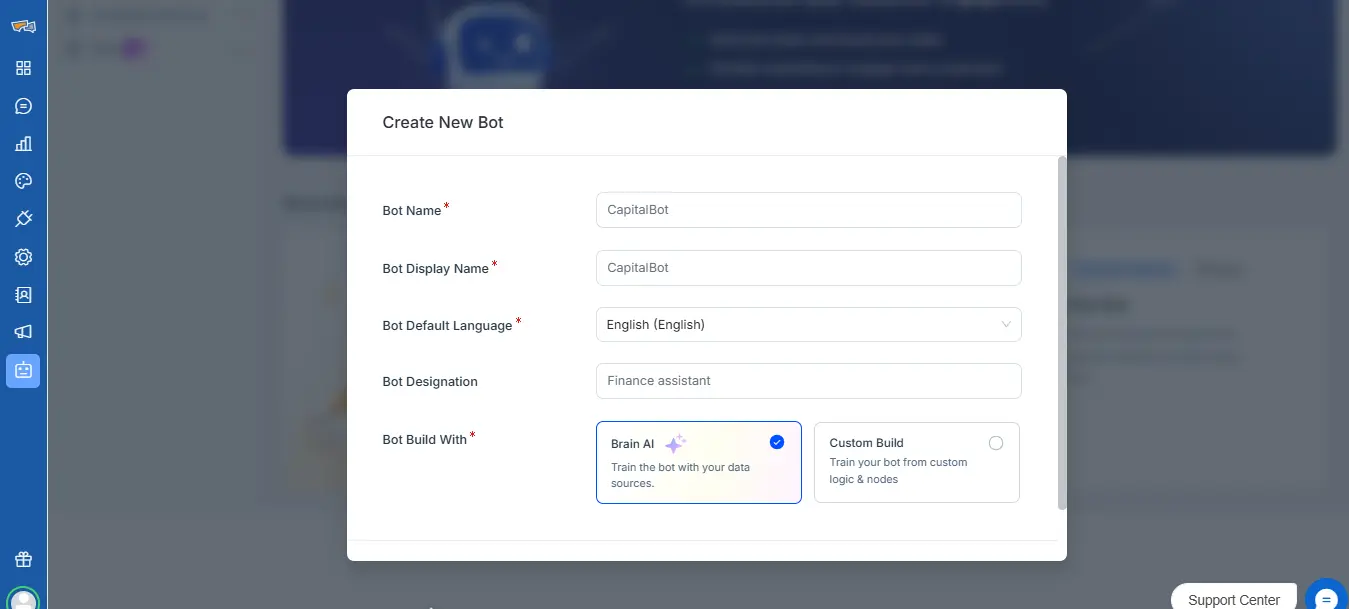
Naming your chatbot is just the beginning of making it crucial for your business. What’s next? REVE Chat lets you bring life to your chatbot, powered with more advanced AI capabilities, easy and smooth customization options, and industry-specific solutions.
For example, a banking chatbot could be named “FinMate,” while an HR assistant might be called “Onboardy.” Equally important is considering the audience your chatbot will interact with which helps to make the name fit their tastes.
Younger audiences might relate to the name “BuddyBot,” while business users might want a professional name like “AdvisorAI.
Let’s take a look at these effective tips to name your chatbot.
- Define Your Chatbot’s Purpose: Start by identifying whether your chatbot is for banking, HR, customer service, or another purpose. The name should reflect its role and function clearly.
- Know Your Audience: Tailor the name to the preferences and expectations of your target users, whether they’re corporate professionals or younger, tech-savvy audiences.
- Personality Tend: Whether your chatbot should sound formal, friendly, playful, or commanding, in this case, it’s time to choose a name that will reveal its personality.
- Not Too Complicated: Keep away from complicated names and choose something simple and memorable.
- Show Its Function: Include some feature or function within the name that gives an idea about what your chatbot does.
- Make It Scalable: Choose a name that allows for the features to be extended further without losing relevance.
- Reflect Your Brand Identity: Let the name align with the tone, style, and branding of your company.
- Test Pronunciation: Ensure the name is easy to pronounce, especially for voice-based chatbots.
- Avoid Overused Terms: Steer very generic terms such as “Bot” or “AI” unless used in a clever combination.
- Add Personality: Add friendliness, humor, or authority to the name to make it connect emotionally.
- Check Domain and Social Availability: Verify that the name is available to register as a domain and/or as a social handle for branding.
- Focus on Trustworthiness: Consider names that would bring about reliability and security, especially for sensitive industries such as banking.
- Incorporate Culture and Trends: Draw inspiration from pop culture or trending terms to make it relatable.
- Keep It Timeless: Avoid buzzwords that are trending but may sound dated after some time.
- Test User Reactions: Share shortlisted names with sample audiences and gather feedback.
- Avoid Negative Connotations: Check translations and cultural meanings to ensure no unintended associations.
- Think About Voice Compatibility: If your bot uses features of voice, test the clarity of the name when spoken.
- Use Chatbot Name Generators: Leverage online tools to generate creative and industry-relevant names.
Why Use a Chatbot Name Generator?
Naming a chatbot can be difficult since creativity, relevance, and alignment with your brand need critical thinking. Our Chatbot Name Generator simplifies the process by using Generative AI to provide name suggestions that reflect the purpose and personality of your bot.
You can also filter results by choosing themes, industries, or functions, thus getting a name that suits your audience and aligns with your brand identity.
How It Works
- Enter Your Preferences: Fill in information about your bot, such as what it is used for, what kind of audience, or its personality traits.
- Generate Name Ideas: Immediately get a list of creative and relevant names.
- Pick Your Favorite: Pick one that best fits your chatbot’s role and brand.
- Save or Refine: Save your favorite names or refine options for more ideas.
Ready to name your chatbot? The options are endless with our Chatbot Name Generator. Follow the link to generate a catchy and distinctive name that will make your chatbot stand out!
Conclusion
Choosing the right name for your chatbot is more than just a creative exercise; it is actually a very strategic decision and defines how your user will view and, hence, interact with your bot. A well-thought-out name establishes trust, resonates with your brand identity, and furthers user engagement-either in solving banking queries, assisting employees in HR, or in customer support and delightful ways.
By applying tips, studying examples from the industry, and using a chatbot name generator, you can come up with a name that reflects your bot’s personality and purpose while resonating with your audience. A great name makes your chatbot memorable, approachable, and ultimately more effective in achieving its goals.
Take time to brainstorm, explore, and refine your ideas. Be it professional, cute, or humorously named, a name for your chatbot is its first impression. Make it count!

